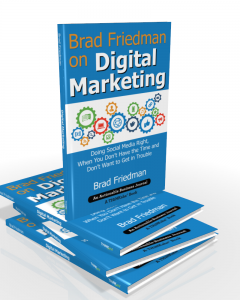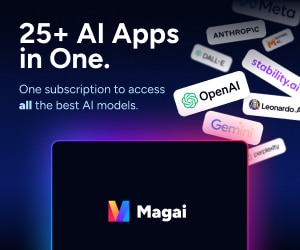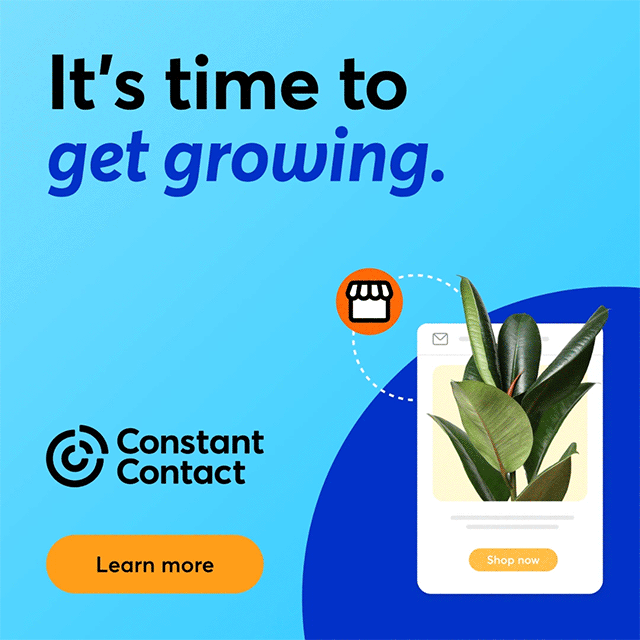Consumers often take for granted their interaction and experiences with the products in their lives. Whether it's sitting in your car and driving it, tasting the food and drink at your favorite restaurant or holding your smartphone in your hands or to your ear, your belongings shape how you live your life. And, whether you realize it or not, you react to them. Many take this for granted because we live our lives in the physical world, experiencing it through your senses and reacting to it with your emotions and thoughts.
All that's called experience. It's what makes everyone human.
![[Book Review] X: The Experience When Business Meets Design](https://friedmansocialmedia.com/wp-content/uploads/2016/10/xcover-lrg-300x217.jpg) According to Brian Solis, author of X: The Experience When Business Meets Design
According to Brian Solis, author of X: The Experience When Business Meets Design, experience is the neglected frontier of the marketing and branding world. Experience is so close to human beings, it's taken for granted not only by consumers, but also by businesses.
Businesses Must Take Charge Of How Consumers Experience Their Brand
According to Solis, great businesses, if they intend to survive, must begin consciously and intentionally designing how consumers experience their products.
Everybody connects online. Everybody shares their experiences. As a business owner, you can't stop them. You want them to talk about your product. If you don't take responsibility for what they experience, and therefore what they say about you, you are at their mercy. No amount of “customer service” or “tweeting” or “reputation management” will save you from what customers say and share.
Great Products Are No Longer Good Enough
The 20th century was the pinnacle of mass manufacturing in a variety of different markets. Advertising geniuses like Claude Hopkins, John Caples and John E. Kennedy learned how to shape marketing messages with big promises and benefits to attract consumers. Marketing was salesmanship, multiplied. However, in the process, and those pioneers understood this, they lost some of the salesmanship. They could not tailor their message to their prospect one-on-one the way in-person salespeople did.
They could not fight the economics of scale of manufacturing that made the most popular bar of soap the cheapest. Nor could they fight the need to advertise in media: newspapers, popular magazines, radio and, most powerful of all, network television.
Technological Advances Enable Consumer Customization
And that includes the entire customer experience, the “X” of the title, and their journey from initial attraction to brand evangelist.
How do you do that? It's not easy or obvious. Apple is one of the most successful and used as an example in the book.
The Obstacles
Solis cites a study of 362 companies done by Bain & Company. Out of those companies, 80% said their product delivered a “superior experience.” According to customers Bain asked, only 8% of those companies actually did so. And they accomplished that feat by consciously delivering a superior customer experience.
There is a famous cognitive bias known as the “above average effect.” According to various studies 80% of people consider their ability to drive as “above average,” which is impossible.
However, businesses cannot long afford to tolerate such a wide gap between perception and reality, not with the intense competition of today's economy.
Another obstacle discussed, is that the consumer's experience is somewhat unconscious. It taps into levels of their feelings they may not wish to consciously examine. This is partly why focus groups are not reliable. (Focus groups rated “New Coke” superior to the old formula and we've seen how that turned out.)
Also, the human beings designing the product are as limited as their customers, and are different people. Marketers commonly mistake their own reactions with that of their target markets. They have their own psychological limitations. This is something great marketers must acknowledge and deal with.
The solution requires empathy. Brands must get out of their own heads long enough to see life through the eyes and hearts of their customers, and that's not easy.
Making Business More Human-Centered
The purpose of business is to meet the needs of customers. To solve a problem, even if the customer isn't aware he has the problem. Those that do the best job, survive and thrive. Today's consumers want everything their way. This includes their most intimate sensual and emotional experience of the product, not just the means of delivery or the customer service or the price. They want products that meet their deepest unconscious desires, even the ones they couldn't put into words.
Small business owners and service providers who can use their in-person empathy to connect and engage with their customers have the advantage because through their professional concern they're already designing the customer's experience.
I enjoyed this book a lot. It is jam-packed with valuable information we can all (not just marketers) learn from. But if you are a marketer for any size business, I'd say this is a must-read.


![xcover-solis [Book Review] X: The Experience When Business Meets Design](https://friedmansocialmedia.com/wp-content/uploads/2016/10/xcover-lrg-e1476756798997.jpg)










